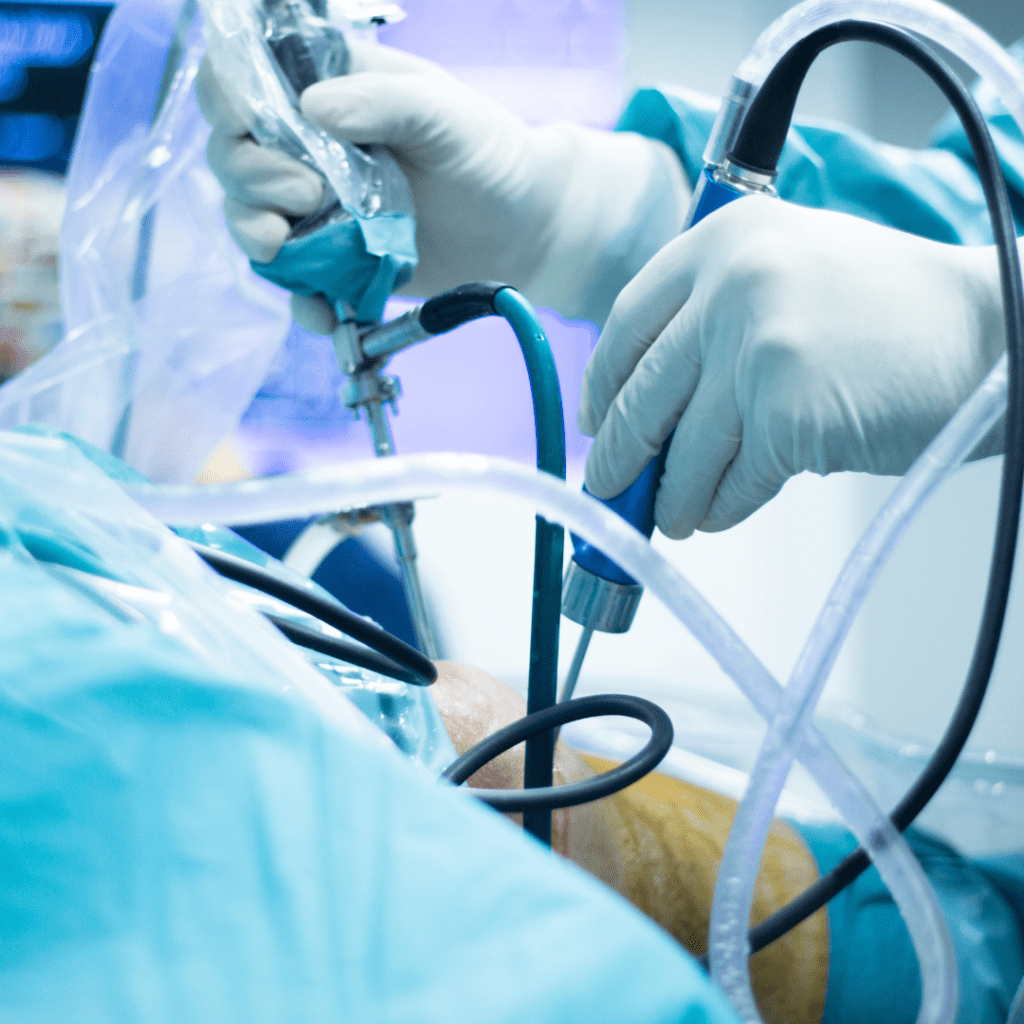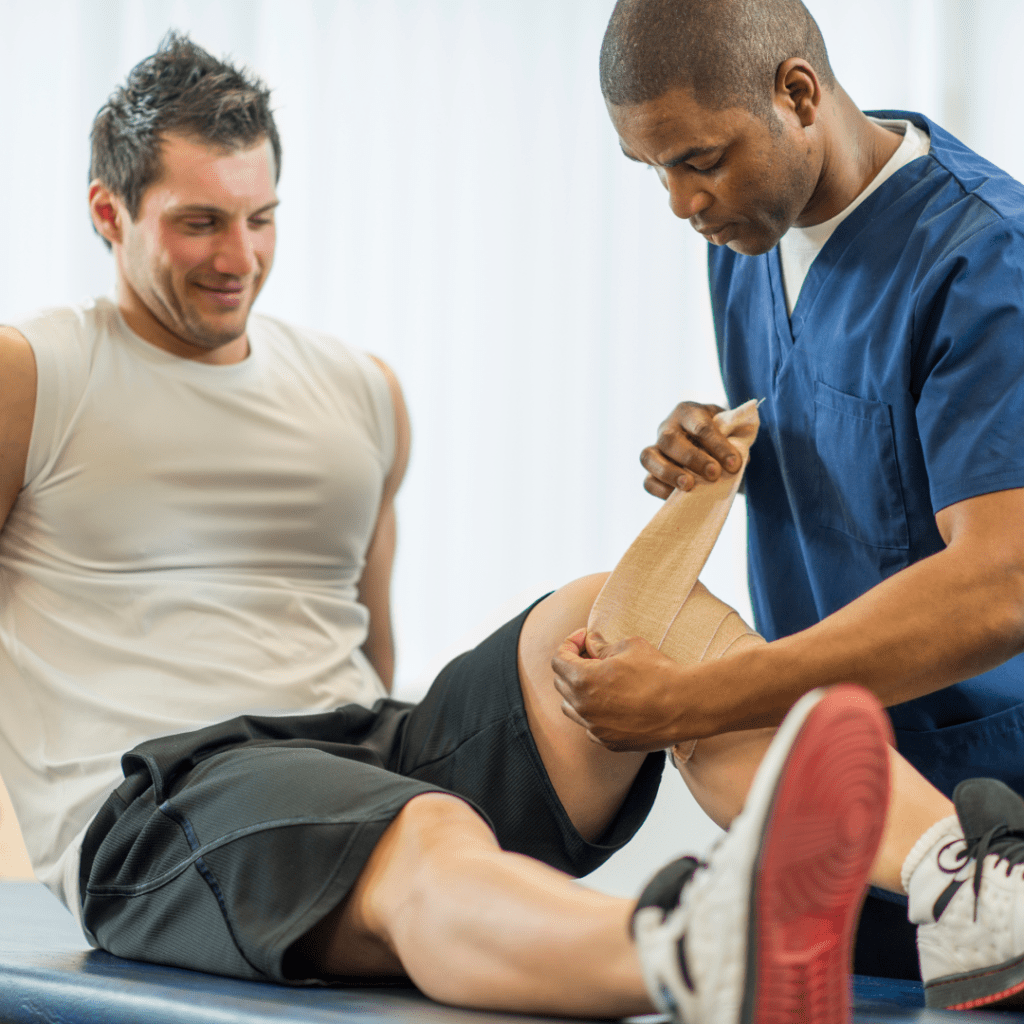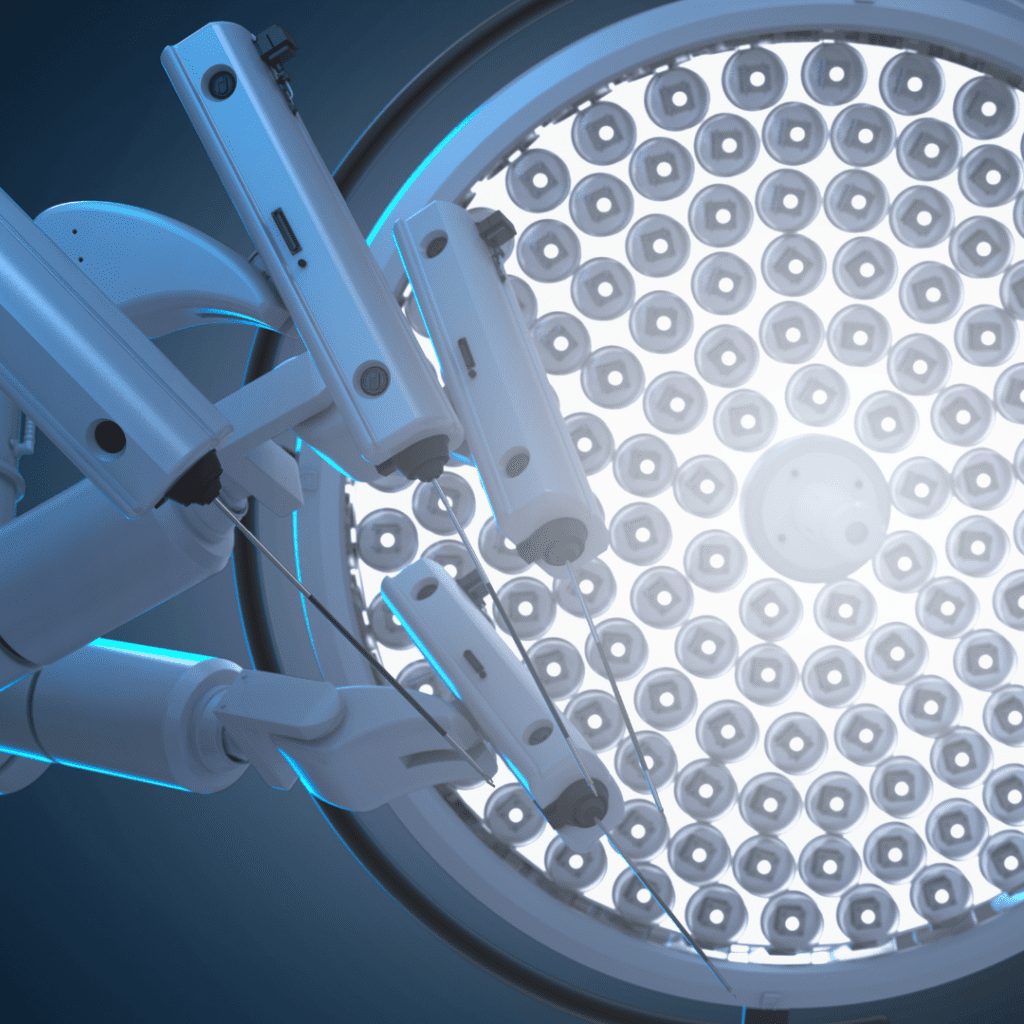Orthopedic surgery plays a key role in helping athletes extend their careers, thanks to advances in orthopedics. As athletes face tougher challenges each day, the demand for cutting-edge treatments increases. Sports medicine continues to change because of new orthopedic surgery methods. These methods allow athletes to get back to top form faster. These therapies not only treat injuries but also boost performance and speed up recovery.
Role of Sports Medicine in Orthopedics

Doctors specializing in bones and muscles, with extensive knowledge of sports, strive to prevent, identify, treat, and aid recovery from injuries sustained during athletic activities and exercise.
These injuries can be complex requiring physicians to employ precise surgical techniques. At times, to help athletes, surgeons need to make small cuts in the body.
Advanced Surgical Techniques in Orthopedics

Changes in orthopedic surgery have brought new ways to treat sports injuries. Doctors now often look into joints with small cameras, use robots to help with surgeries, and try treatments that use the body’s healing powers. These include putting special cells or parts of blood into the hurt area to speed up healing.
Orthopedic surgery has changed affecting how we treat sports injuries. Doctors now often put tiny cameras into joints, use robots to help with surgeries and test treatments that use the body’s natural healing powers. These include injecting special cells or blood parts into the injured spot to make it heal faster.
Arthroscopy is one of the most common invasive procedures in sports medicine. It allows surgeons to see and fix joint problems through tiny cuts. This leads to faster healing and fewer risks. Doctors use this method to treat knee, shoulder, and ankle injuries. These are parts that often give athletes trouble.
The Impact of These Techniques on Athletic Careers

Modern surgical methods in sports medicine have changed how long athletes can play. Players who once thought their careers were over due to injuries can now return to their sport and play well.
Less invasive surgeries like arthroscopy cut down healing time. This lets athletes train again sooner and stay on top of their game. Robot-aided surgery is so exact that athletes can trust their joints to work well even after tough physical strain.
Treatments like stem cell therapy and PRP (Platelet-Rich Plasma) are transforming sports medicine. These methods help tissue recovery and offer extra benefits by improving the body’s natural healing process. This means athletes can often recover without needing major surgeries and can avoid the long recovery times that typically come with traditional procedures.
Innovations in Post-Surgical Rehabilitation

New ways to help athletes recover after operations are essential to expand their careers, in addition to improvements in surgery. Physiotherapy and recovery plans now use cutting-edge methods like VR and robotic assistants. These new techniques improve recovery effectively by providing each athlete with a personalized exercise plan and real-time experience.
Robotic assistants make exercises more accurate and monitor progress, which helps athletes recover their plans more.VR can simulate sports scenarios allowing athletes to practice movements and improve while they heal.
Future Directions in Sports Medicine and Orthopedics

In the future, AI and machine learning will have a bigger impact on sports medicine and orthopedic surgery. These technologies might help predict injuries, create custom treatment plans, and monitor athlete recovery more. As these tools improve, they’ll help athletes recover from injuries quicker and expand their careers at the highest levels of sports.
This complete approach, which combines cutting-edge surgery with the newest rehab techniques, is setting new standards in sports medicine. It’s also shifting our views on athletic performance and how long athletes can compete at their peak
Conclusion
Athletics players can boost their careers in large part because of recent improvements in orthopedic surgery. Athletes can continue competing at their peak for longer thanks to advancements in injury care such as arthroscopy, robotic-assisted surgery, and natural substance-based therapies.
To promote athletes’ health and performance globally, sports medicine and orthopedic surgery must collaborate as technology and medical procedures advance. This blog examines how the most recent advancements in orthopedic surgery are having a big impact on sports medicine, enabling players to play at their best for longer periods and have longer careers.
To Know More: Top Orthopedic Sports Medicine procedures
Advanced Imaging Techniques in Orthopaedics: From X-rays to MRIs
Tagged: Sports Medicine, Biologic Treatments, Stem Cell Therapy, Athletic Careers, Musculoskeletal Injuries, Athlete Rehabilitation, Sports Injuries, Surgical Innovations, Orthopedic Care, Injury Prevention, Orthopedic Treatments, Joint Preservation, Rehabilitation Programs, Sports-Related Injuries, Sports Injury Management, Athletic Injury Treatment
